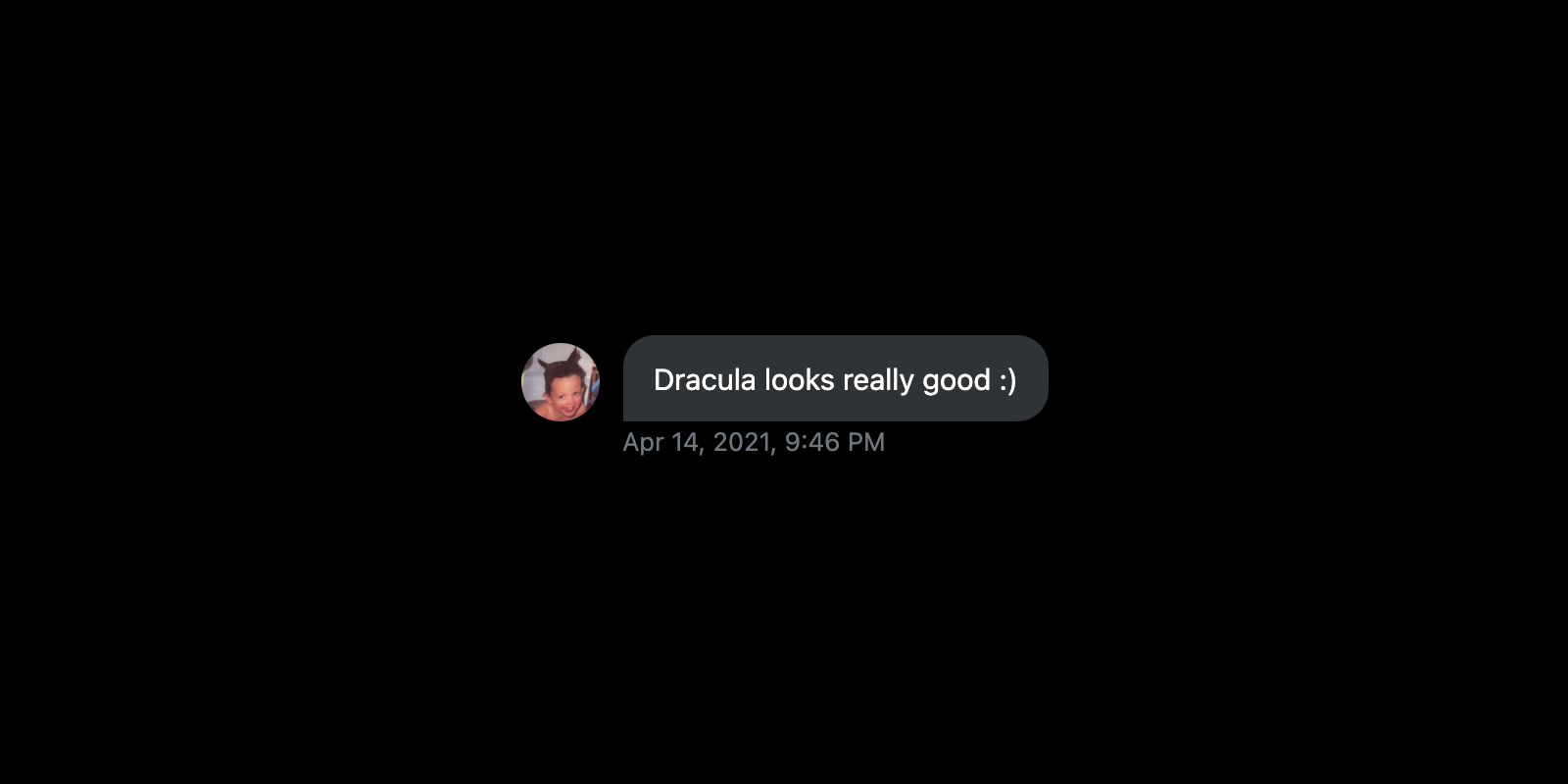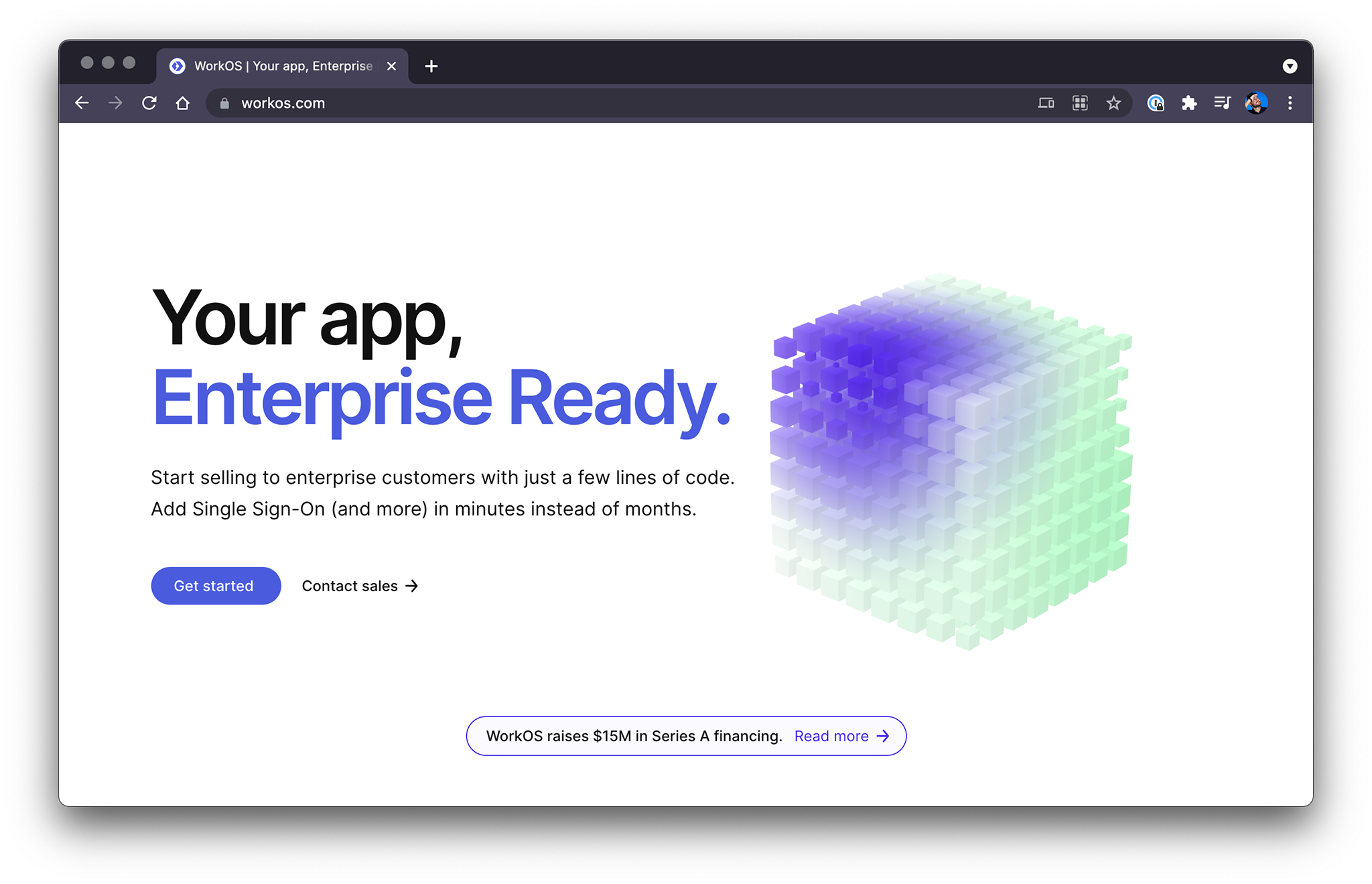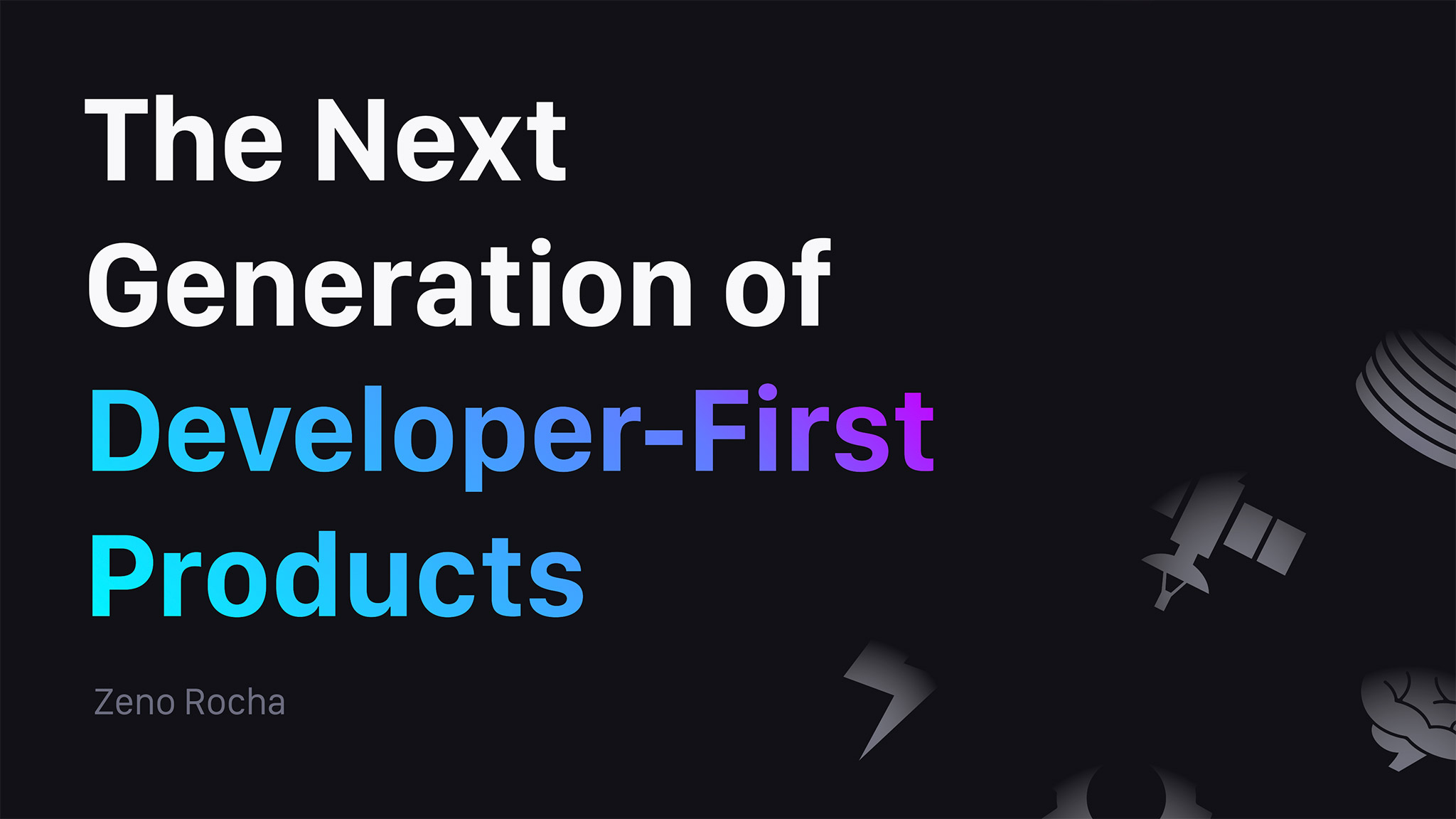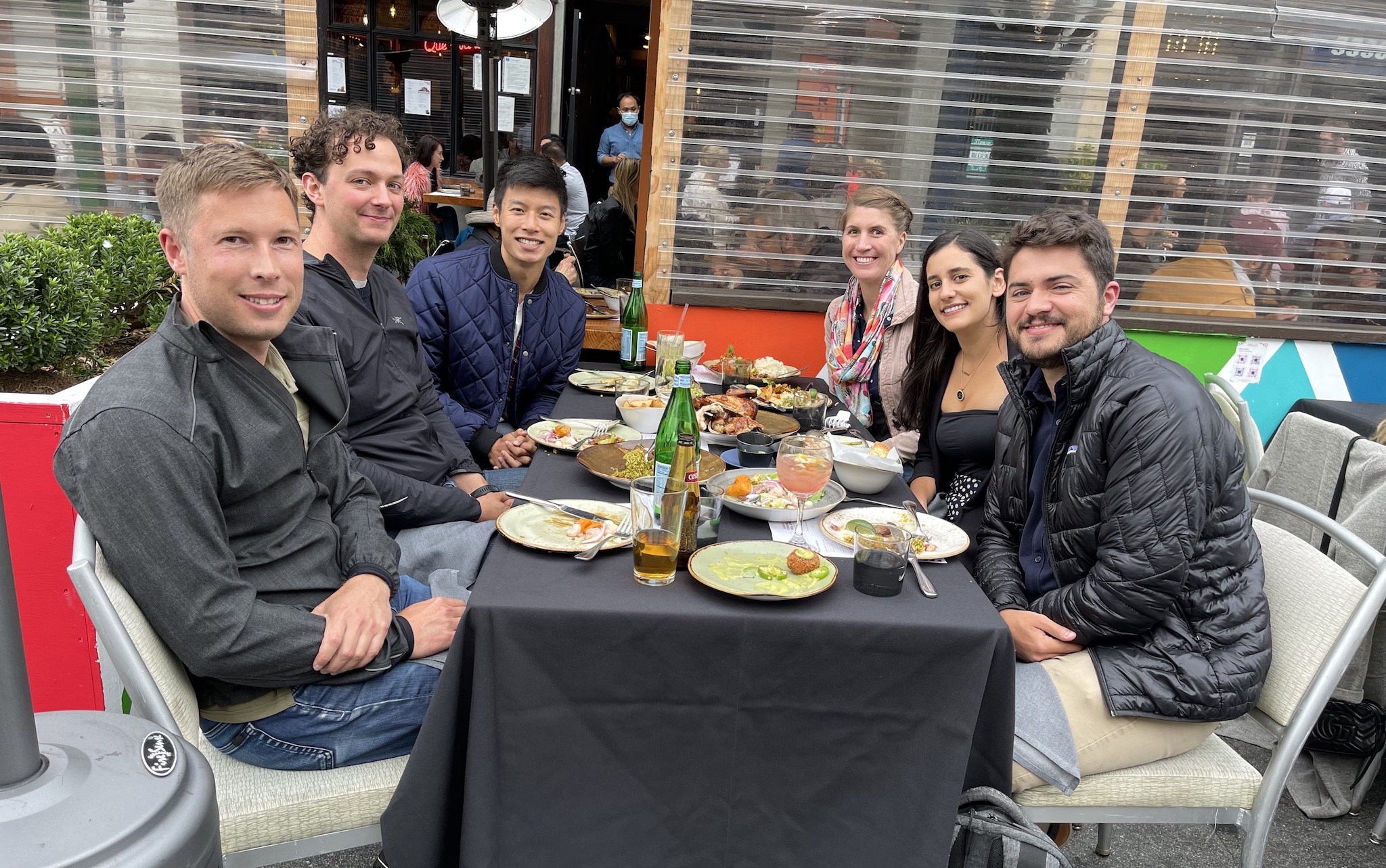Why I'm joining WorkOS
TL;DR: I accepted a position as VP of Developer Experience at WorkOS.
This post tells the story of how I landed this job and why I’m so excited about it.
A couple of months ago, I got a random DM on Twitter.

Whenever someone sends me a message, I always go to their profile and see what they are interested in. Starting a conversation and showing some love back is my way of saying thank you.
I saw that his name was Michael Grinich and that he was building a company called WorkOS. The name was quite intriguing, so I clicked on the URL to know more. When I got to the site, there was this tagline: “Your app, enterprise-ready.”

That phrase immediately caught my attention.
I replied back, and an exciting journey was about to start.
The opportunity
A week later, I tweeted about a topic that I'm fascinated with.
Job titles of the future:
— Zeno Rocha (@zenorocha) April 22, 2021
• Developer Experience Designer
• Head of Developer Experience
• Developer Success Manager
This tweet got a lot of attention, and I received another DM from Michael. He mentioned they had just hired for bullet points #1 and #3, and wanted to know if I was interested in talking about #2.
I did some research on him and found that he had created Nylas N1, a pretty popular open source email client. This open source thing eventually became a pretty successful company - nylas.com - which nowadays provides email and calendar APIs for developers.
We agreed to jump on a Zoom call to meet each other. At the very least, I would want to become an investor since he is a second-time founder who had just raised a Series A round, and I was genuinely interested in WorkOS.
After several calls, we got to know each other better and even exchanged some books. Later on, I had a chance to meet some really fascinating people like Mark, Bu, Marshall, Talia, Nick, Pete, and Willman. They were super friendly and excited about working together too.
The next thing I did was preparing a presentation to the team. Building things for developers has always been my passion, so I decided to focus my talk on the things that make great developer-first products.

After that, Michael called to tell me that the presentation was well-received by the team, and he wanted to make an offer. But before doing that, he wanted to have dinner face-to-face.
The thing is, I live in Los Angeles, and he lives in San Francisco. I knew he was serious about this when he decided to take a plane to have dinner with me and come back on the same day.
“Nothing we do is more important than hiring and developing people. At the end of the day you bet on people, not on strategies.” – Lawrence Bossidy, former CEO at GE
You can have many conversations with someone, but ultimately, actions are what really show who you are. The fact that he was willing to travel on a Saturday just to make a job offer showed a lot about his character.
The team
On June 28th, some of the WorkOS folks decided to get together in San Francisco. I didn’t want to miss the opportunity to meet them in person, so I bought a ticket and flew there.
We had dinner and drinks until late at night. Even though I only slept two hours that night, I’m glad I got the chance to see them.

When deciding where to work next is extremely important to know the people you will be working with. You should be interviewing the company, not the other way around it.
One of the things that got me interested in taking this job was working with really talented folks. The team is made of former employees from Airtable, LaunchDarkly, Segment, and Split, which are incredible startups.
finished my 1st day @WorkOS and it’s confirmed, it’s an exciting place to work.
— vikram rojo (@vikramrojo) May 11, 2021
feels like a natural progression from the last few years @LaunchDarkly, the squad even referenced some prior work! i’ll be carrying a lot of developer experience lessons over and learning a lot more.
On top of that, I met with some super smart software engineers during this whole process, who are tackling very complex problems daily and understand the importance of building a great developer experience.
I love challenging the status quo, and I can tell that these people have the same sparkle in their eyes.
The problem space
You see, I have been working with enterprise companies for the past nine years. I experienced firsthand how difficult it is to become enterprise-ready.
When we started Liferay Cloud, we were operating as a small startup and trying our best to capture the SMB market. After struggling for a year with low margins, we decided to pivot and focus only on enterprise sales.
Back then, there was no playbook and no set of APIs that could help us. We had to figure out everything on our own. We started building all these features that enterprise IT managers require from you like Single Sign On (SSO), Audit Trail, Role-Based Access Control (RBAC), etc.
Developers often underestimate the importance of enterprise features.
— Zeno Rocha (@zenorocha) May 12, 2021
Enterprises often underestimate the importance of developer experience.
Both are wrong.
Building these features ourselves was extremely complicated, especially because that was not a core functionality of our product. Our goal was to help users be more productive, but instead, we had to implement all these peripheral functionalities for the buyers.
As we continued to scale the company and close multi-million dollar deals, the support demand for these features grew even more. Setting up SSO, for example, was a nightmare since it required a lot of back-and-forth between the customer and us. The level of audit trailing we had originally implemented was no longer enough for some of our biggest customers. And the roles we initially assigned for users were not as granular as some IT managers needed.
The result? Engineers got frustrated since they had to build all these “boring” features, support got frustrated since they didn't really know how things worked, and product managers got frustrated since they were only prioritizing features for the buyer and not for the user. Eventually, the customer got frustrated since most of these things were not self-serve experiences and didn’t check all their administrative requirements.
When I found WorkOS, I saw the light at the end of the tunnel.
The future
Today is my first day as VP of Developer Experience at WorkOS.
I’m extremely excited to be dedicated full-time to building developer happiness.
Becoming enterprise-ready is what determined the success of my last company. Now I want to take all the lessons I learned to help other companies solve the same problems at scale.
Now let’s build the future!